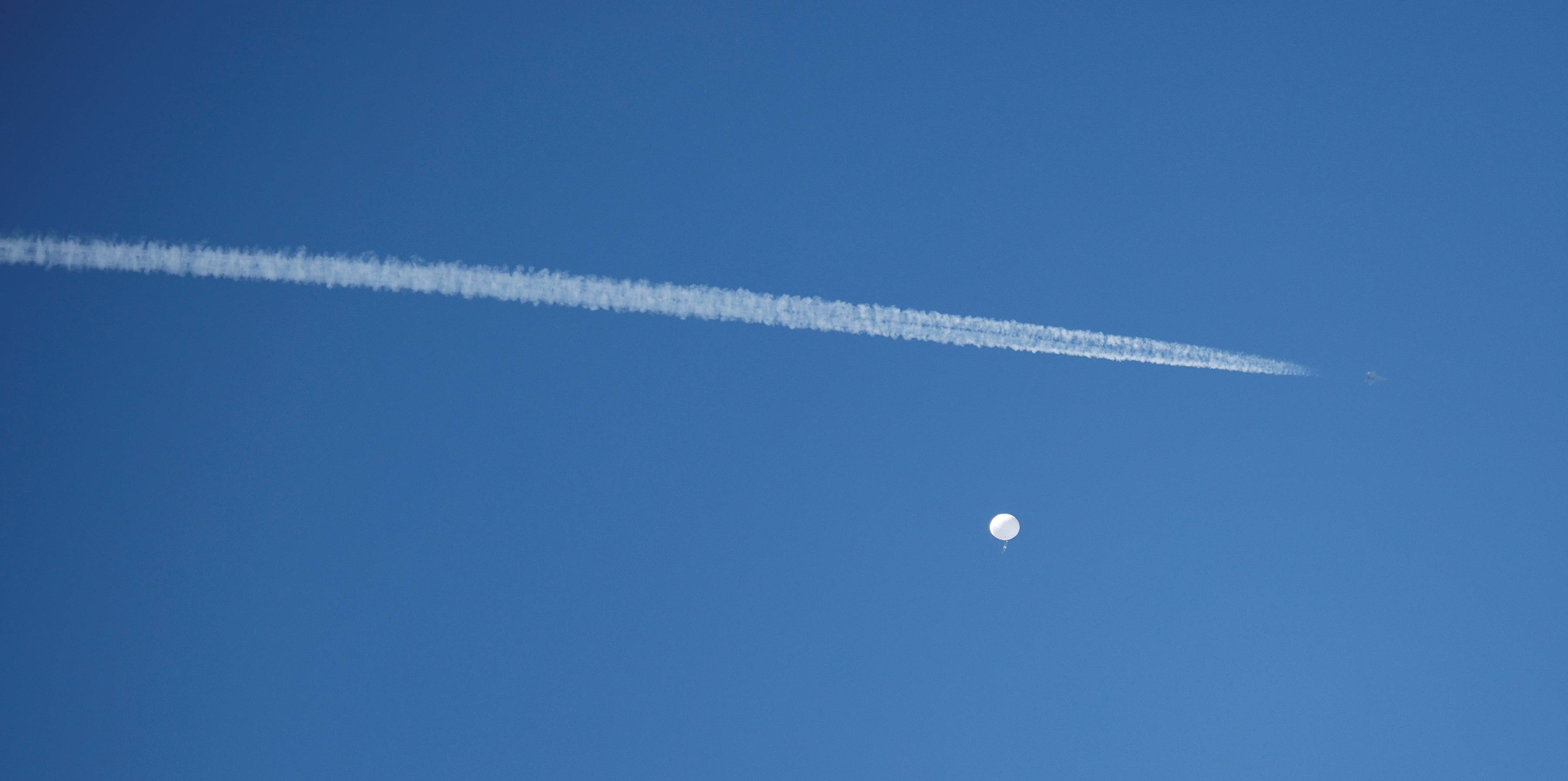The United States’ dramatic decision to shoot down a suspected Chinese spy balloon over the weekend after it flew across the country has highlighted the growing trust gap between the two superpowers, raising fresh questions about whether Sino-American ties can be stabilized amid fears of a new cold war.
U.S. President Joe Biden said Saturday that he had issued an order on Wednesday to take down the balloon, but that military leaders had recommended waiting until it could be done over open water to protect civilians from debris falling from an altitude of roughly 60,000 feet (18,300 meters).
"They successfully took it down, and I want to compliment our aviators who did it," Biden said.

















With your current subscription plan you can comment on stories. However, before writing your first comment, please create a display name in the Profile section of your subscriber account page.